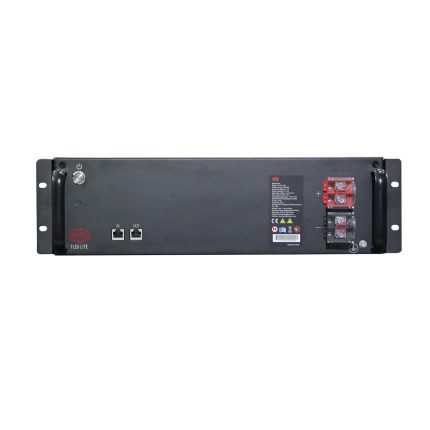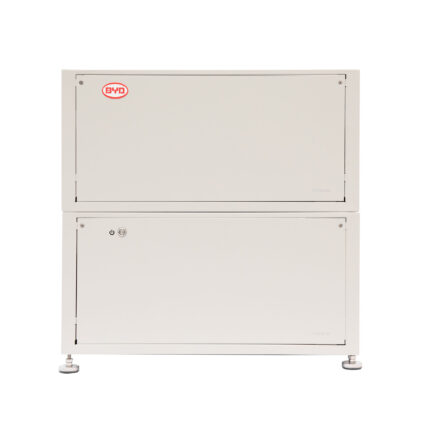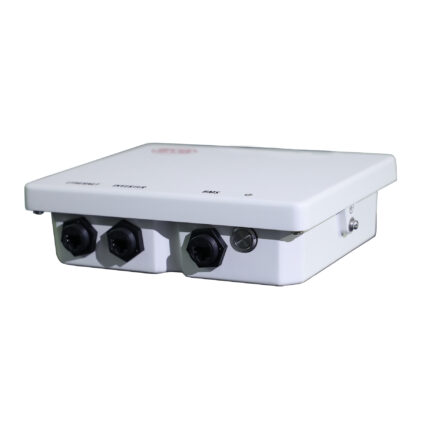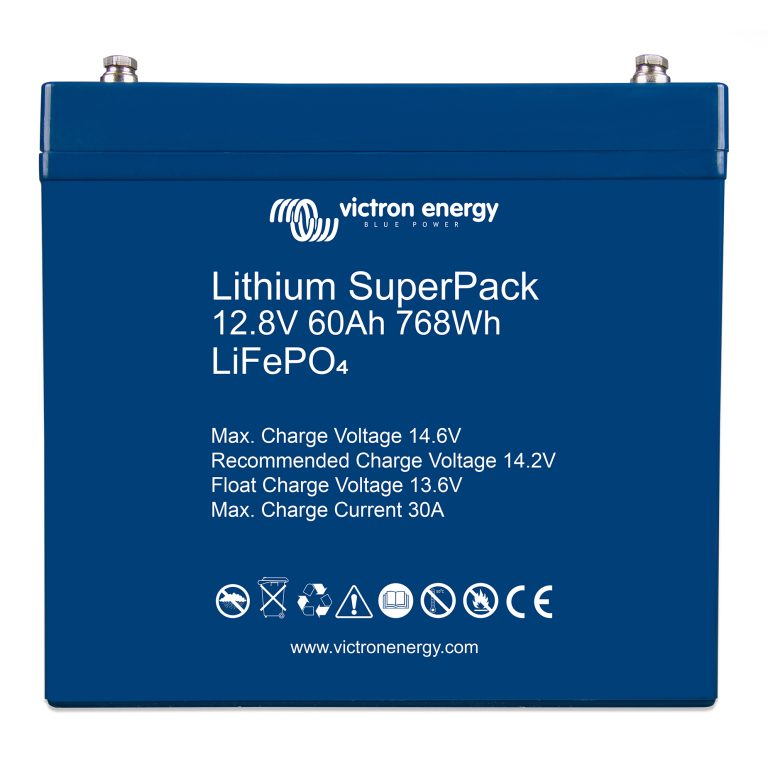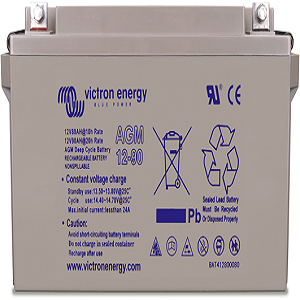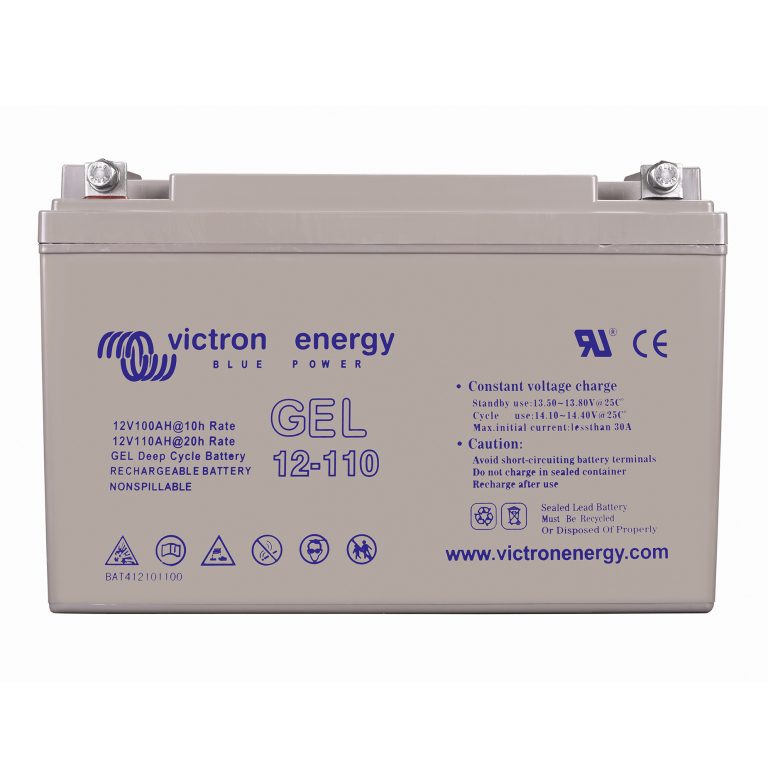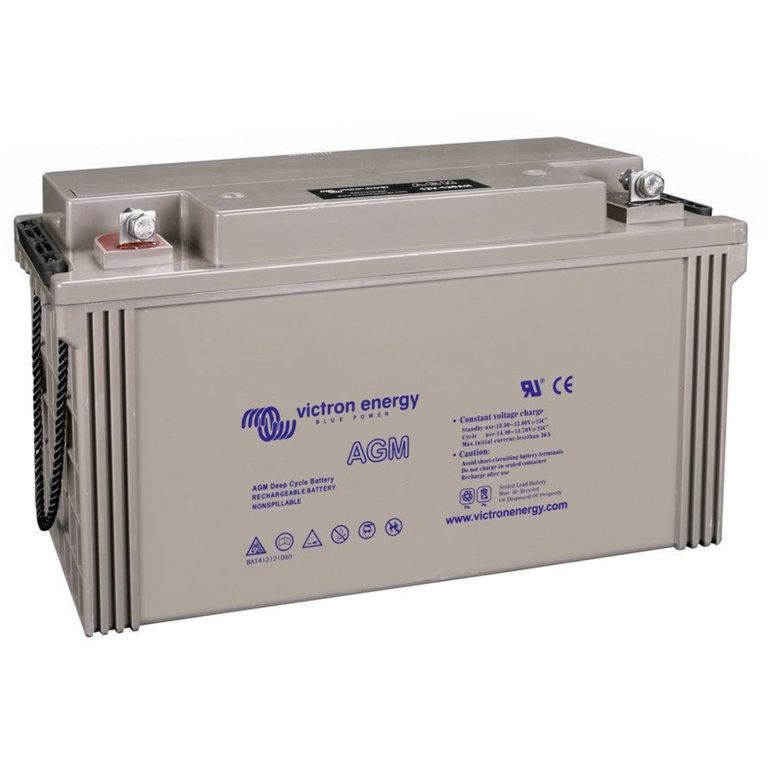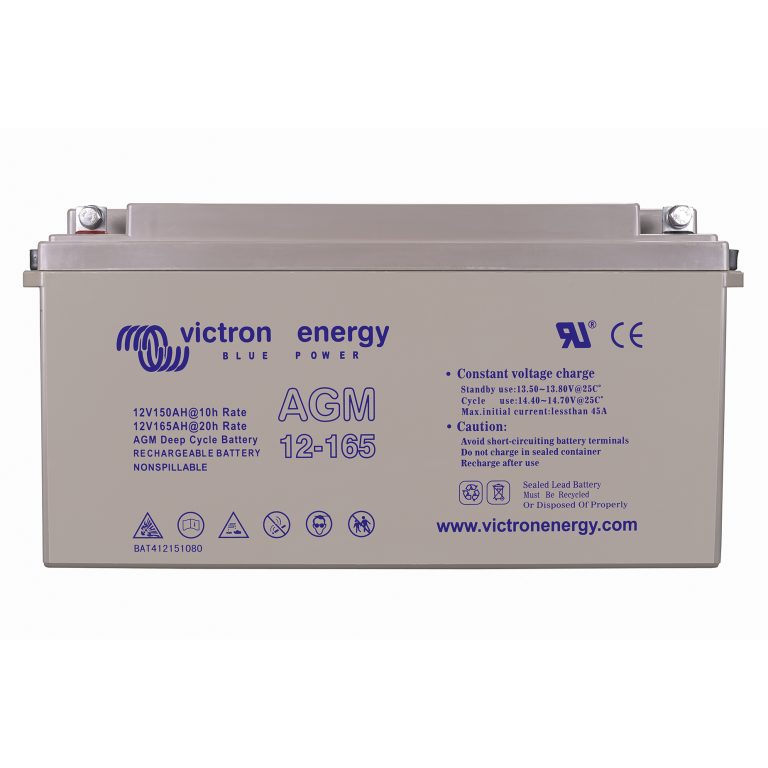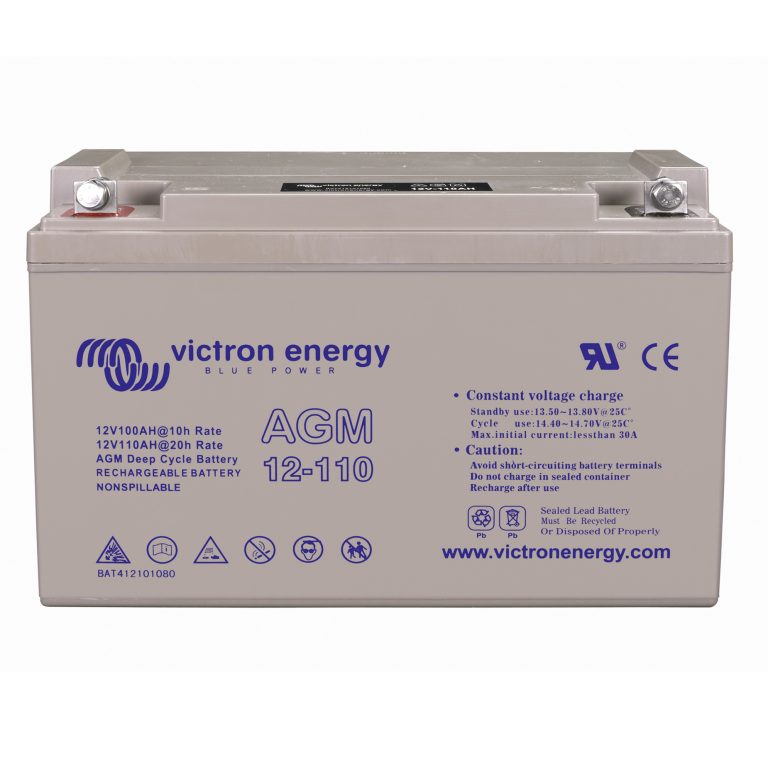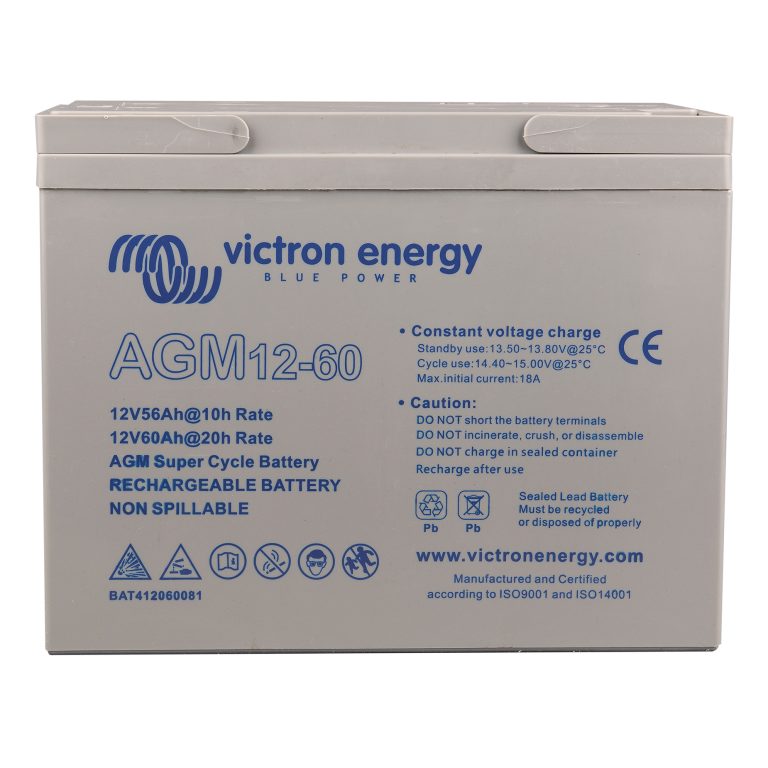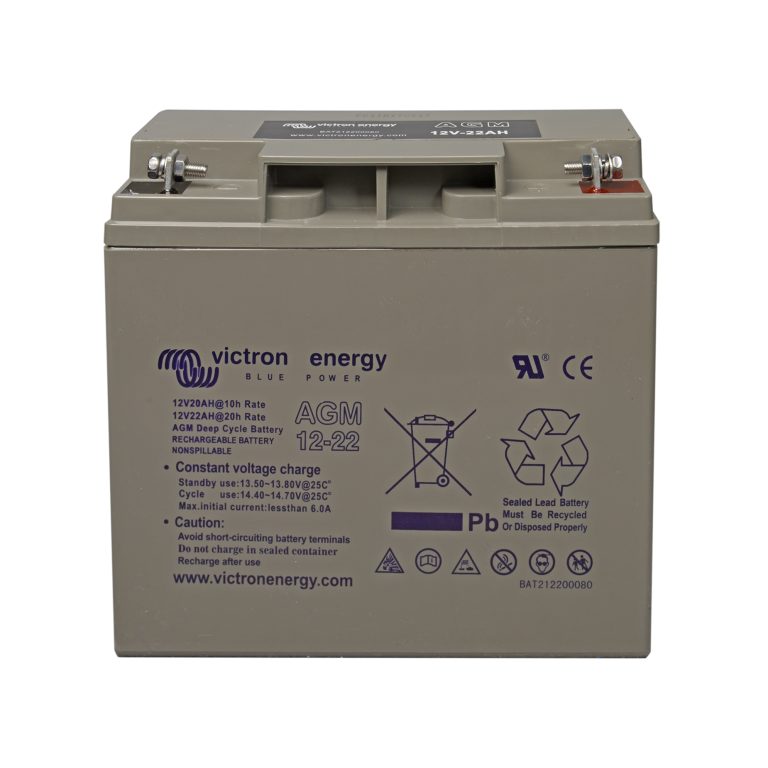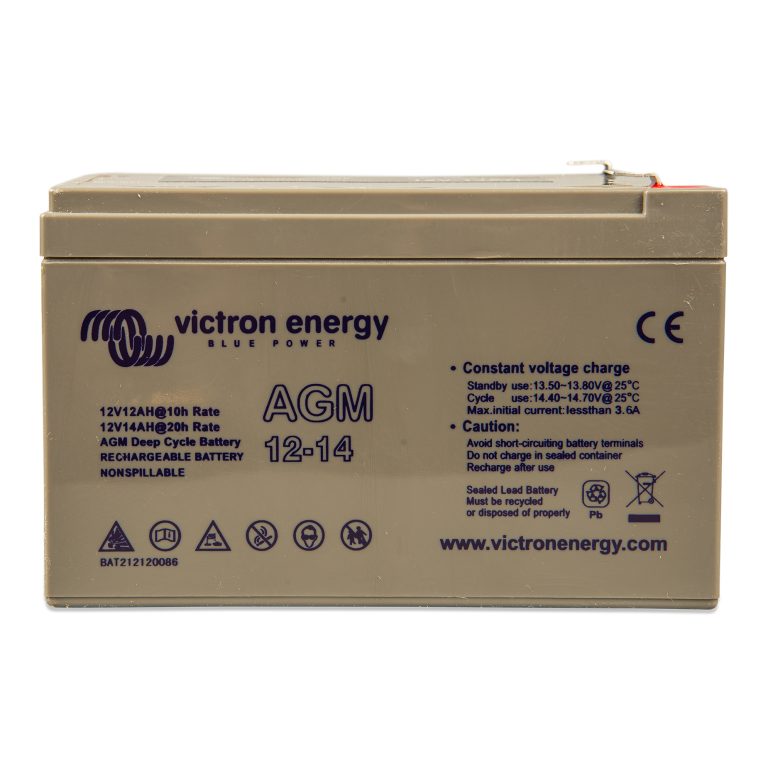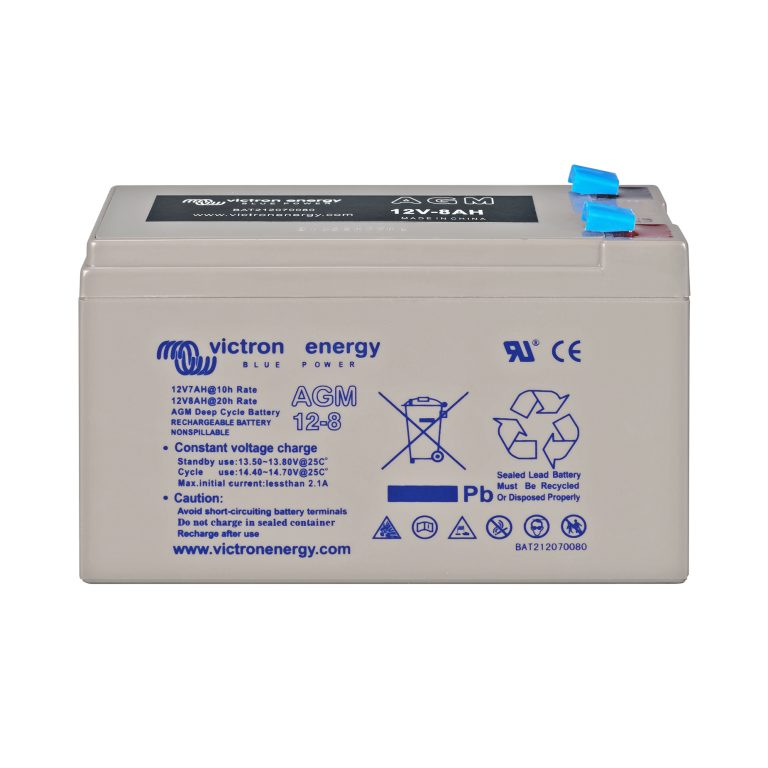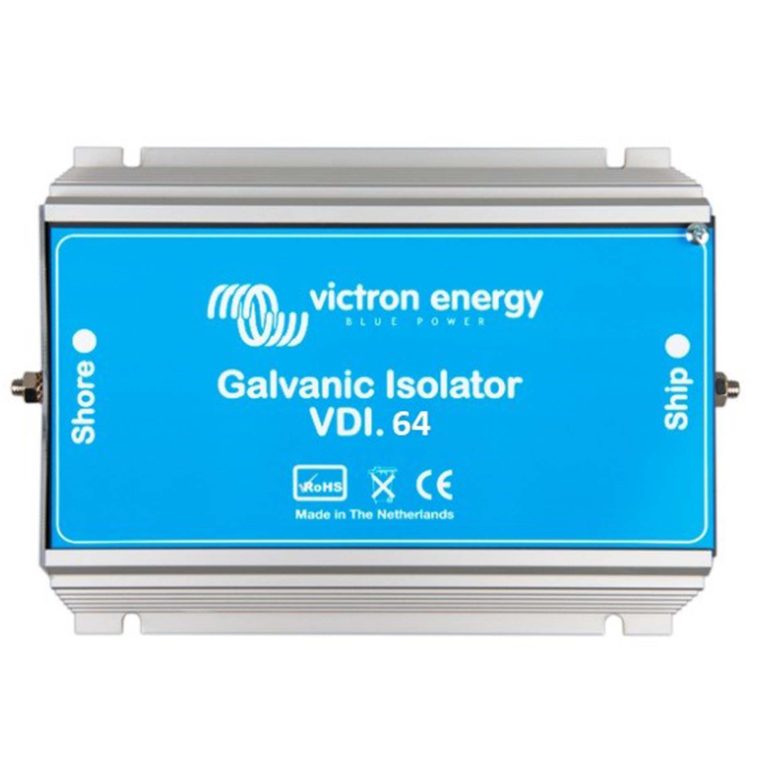PRODUCTS
Shop
- Uncategorized2 products
- BYD7 products
- Inverter0 products
- MG5 products
- Super B11 products
- Victron423 products
- Accessories59 products
- Battery monitors & batteries98 products
- AGM Battery11 products
- AGM Telecommunications Battery3 products
- Battery Isolators and Combiners19 products
- Battery Management System6 products
- Battery Monitors6 products
- Battery Protect8 products
- democategory0 products
- GEL Deep Cycle7 products
- Inverter/Charger/MPPT6 products
- Lithium Smart Battery19 products
- Lithium SuperPack Batteries5 products
- Peak Power Batteries3 products
- Charge & Convert189 products
- Local & remote monitoring36 products
- Solar chargers & panels45 products
Filter by price
Filter by Brand
 BydByd 5
BydByd 5 FroniusFronius 1
FroniusFronius 1 MGMG 1
MGMG 1 SolarSolar 1
SolarSolar 1 SuperbSuperb 10
SuperbSuperb 10 VictronVictron 230
VictronVictron 230
Top rated products
Showing 109–120 of 249 resultsSorted by popularity
Lithium SuperPack 12,8V/60Ah (M6)
د.إ1,360.00The SuperPack batteries are extremely easy to install, not needing any additional components.
The internal switch will disconnect the battery in case of over discharge, over charge or high temperature.The batteries can be connected in parallel. Series connection is not allowed. Abuse proof :
A lead-acid battery will fail prematurely due to sulfation:
• If it operates in deficit mode during long periods of time (i.e. if the battery is rarely, or never at all, fully charged).
• If it is left partially charged or worse, fully discharged.
A Lithium-Ion battery does not need to be fully charged. Service life even slightly improves in case of partial charge instead of a full charge. This
is a major advantage of Li-ion compared to lead-acid.
The SuperPack batteries will cut-off the charge or discharge current when the maximum ratings are exceeded.
Efficient :
In several applications (especially off-grid solar), energy efficiency can be of crucial importance.
The round-trip energy efficiency (discharge from 100 % to 0 % and back to 100 % charged) of the average lead-acid battery is 80 % .
The round-trip energy efficiency of a Li-ion battery is 92 % .
The charge process of lead-acid batteries becomes particularly inefficient when the 80 % state of charge has been reached, resulting in
efficiencies of 50 % or even less in solar systems where several days of reserve energy are required (battery operating in 70 % to 100 % charged
state).
In contrast, a Li-ion battery will still achieve 90 % efficiency even under shallow discharge conditions.
The batteries can be connected in parallel. Series connection is not allowed.
Use in upright position only.
12V/265Ah Gel Deep Cycle Batt.
د.إ2,580.00The GEL model range offers best deep cycle durability and overall longer life. The use of high purity materials and lead calcium grids ensure that for both AGM and GEL products have particularly low self-discharge so that they will not go flat during long periods without charge. Both ranges are supplied with M8 drilled, flat copper terminals ensuring best possible connection contact and eliminating the need for battery terminals. The batteries are compliant with both CE and UL specifications in ABS fireproof containers and come with Victron’s 2 year world-wide warranty.
12V/165Ah Gel Deep Cycle Batt.
د.إ1,610.00The GEL model range offers best deep cycle durability and overall longer life. The use of high purity materials and lead calcium grids ensure that for both AGM and GEL products have particularly low self-discharge so that they will not go flat during long periods without charge. Both ranges are supplied with M8 drilled, flat copper terminals ensuring best possible connection contact and eliminating the need for battery terminals. The batteries are compliant with both CE and UL specifications in ABS fireproof containers and come with Victron’s 2 year world-wide warranty.
12V/110Ah Gel Deep Cycle Batt.
د.إ1,070.00The GEL model range offers best deep cycle durability and overall longer life. The use of high purity materials and lead calcium grids ensure that for both AGM and GEL products have particularly low self-discharge so that they will not go flat during long periods without charge. Both ranges are supplied with M8 drilled, flat copper terminals ensuring best possible connection contact and eliminating the need for battery terminals. The batteries are compliant with both CE and UL specifications in ABS fireproof containers and come with Victron’s 2 year world-wide warranty.
12V/240Ah AGM Deep Cycle Batt. (M8)
د.إ1,970.00The AGM range has very low internal resistance making them particularly suitable for high current discharge applications such as for inverters, thrusters and winches. VRLA AGM: design life 7-10 years
12V/165Ah AGM Deep Cycle Batt.
د.إ1,570.00The AGM range has very low internal resistance making them particularly suitable for high current discharge applications such as for inverters, thrusters and winches. VRLA AGM: design life 7-10 years
12V/110Ah AGM Deep Cycle Batt.
د.إ1,050.00The AGM range has very low internal resistance making them particularly suitable for high current discharge applications such as for inverters, thrusters and winches. VRLA AGM: design life 7-10 years
12V60Ah AGM Deep Cycle Batt.
د.إ570.00The AGM range has very low internal resistance making them particularly suitable for high current discharge applications such as for inverters, thrusters and winches. VRLA AGM: design life 7-10 years
12V22Ah AGM Deep Cycle Batt.
د.إ210.00The AGM range has very low internal resistance making them particularly suitable for high current discharge applications such as for inverters, thrusters and winches. VRLA AGM: design life 7-10 years
12V/14Ah AGM Deep Cycle Batt.
د.إ150.00The AGM range has very low internal resistance making them particularly suitable for high current discharge applications such as for inverters, thrusters and winches. VRLA AGM: design life 7-10 years
12V/8Ah AGM Deep Cycle Batt.
د.إ90.00The AGM range has very low internal resistance making them particularly suitable for high current discharge applications such as for inverters, thrusters and winches. VRLA AGM: design life 7-10 years
Galvanic Isolator VDI-64 A
د.إ1,100.00The galvanic isolator prevents electrolytic corrosion. It blocks low voltage DC currents that enter your boat via the shore power earth wire. These currents can cause corrosion to the boat’s underwater metals, like the hull, propeller, shaft and so on.
The galvanic isolator consists internally of two diodes which are connected in anti-parallel fashion. When they are connected in this way, the diodes allow current in both directions but only above a certain threshold voltage. The voltage at which diodes conduct is about 1.4 Vdc.
The isolator is installed directly behind your boat’s 230V connection. The forward voltage from the galvanic isolator is higher than the potential difference between metals. As a result, this voltage will not allow conduction and as such, the galvanic isolator will prevent any electrolytic current. However, if there is a (higher) error voltage in the AC circuit, the diodes will allow current through and the residual-current device will break the circuit.
Galvanic Isolator Waterproof (potted)
Maximum current 32 A
Peak current (20 ms) 3200 A
Connection M6
Heat sink
Material Anodized aluminium
Protection category IP 67

